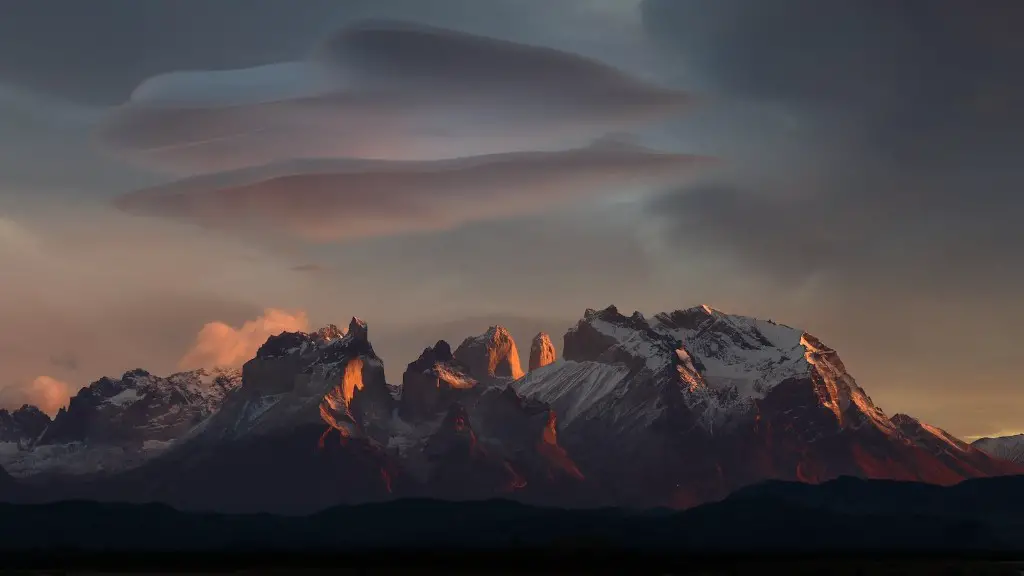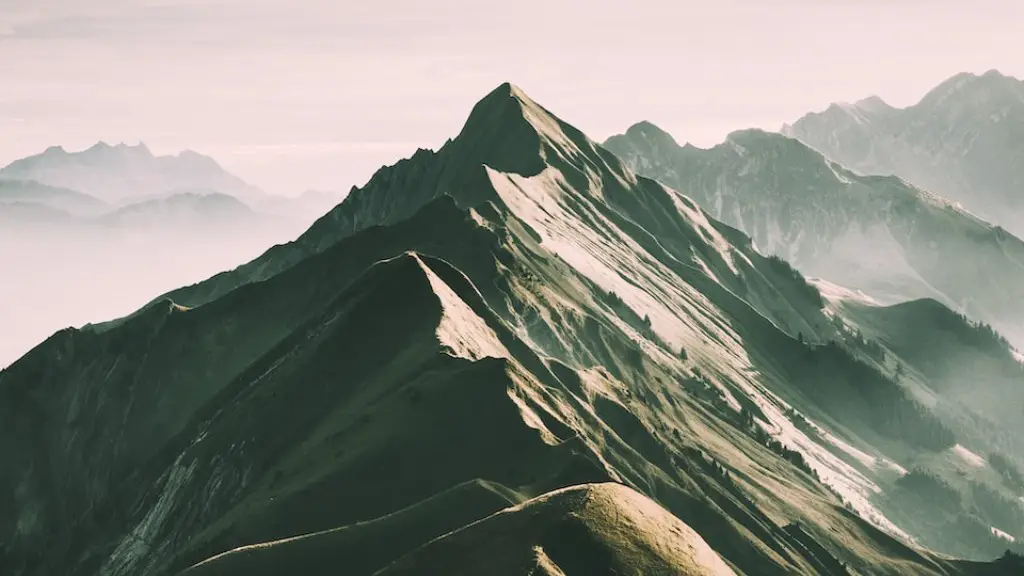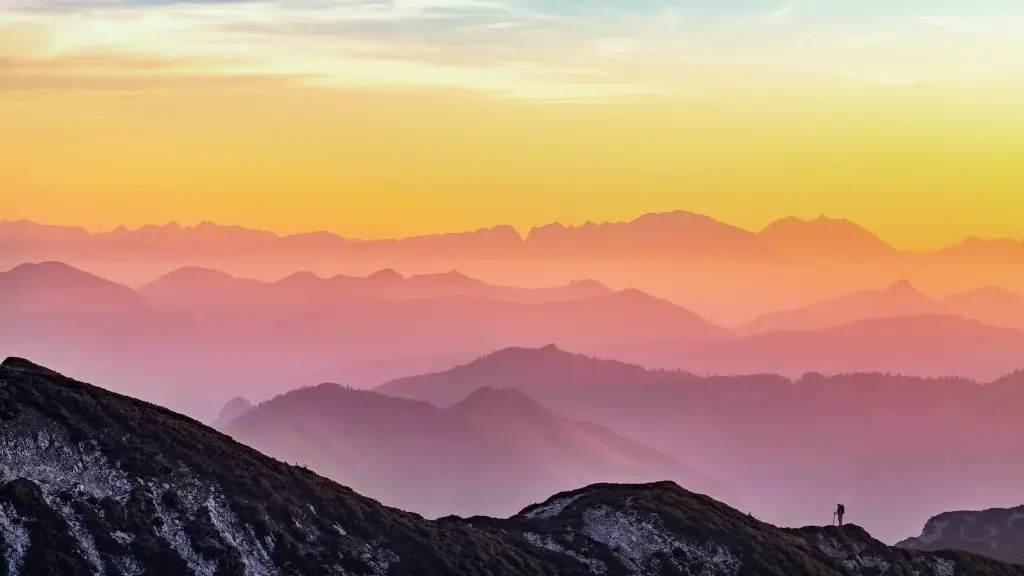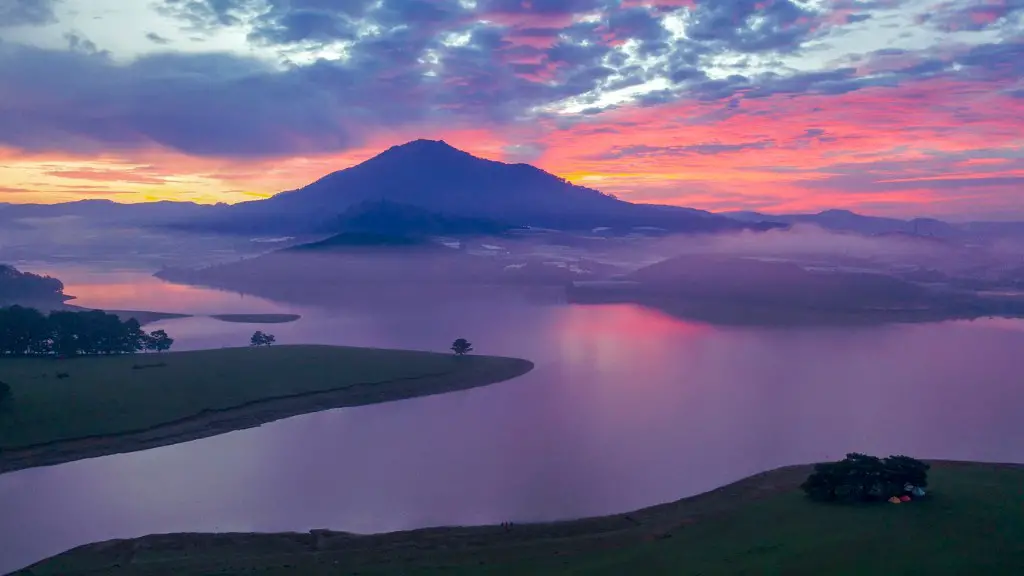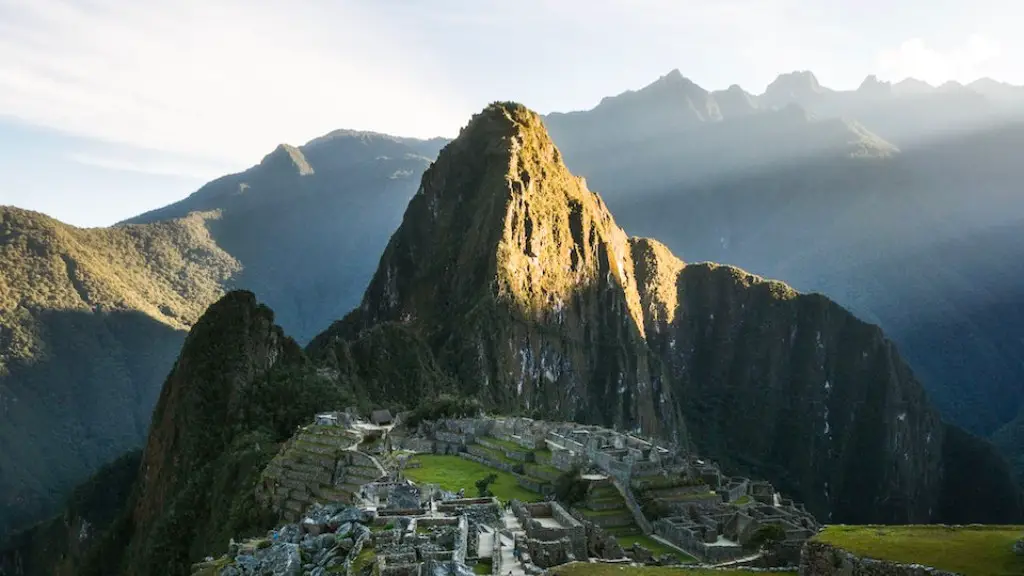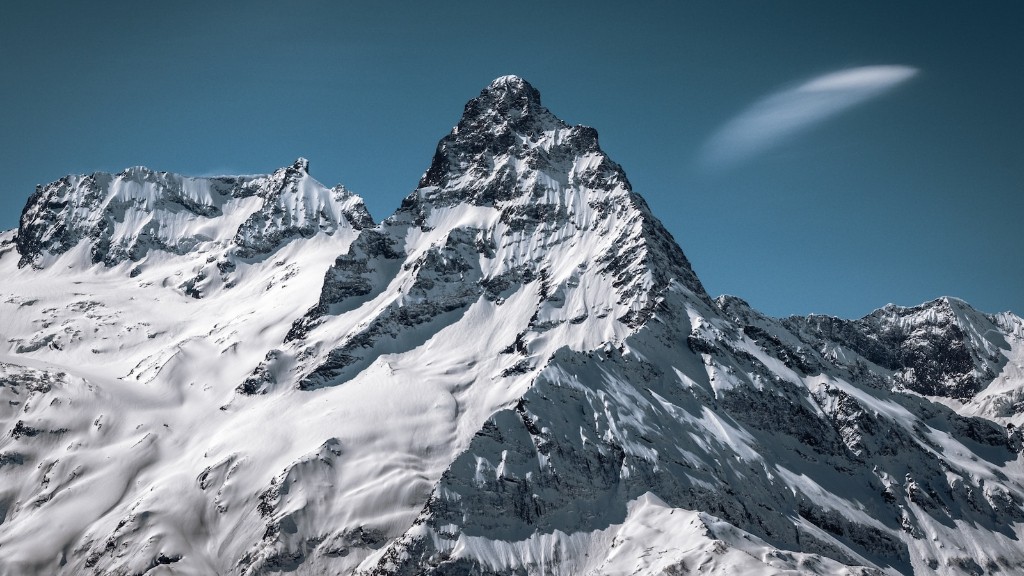It is estimated that there are over 200 bodies still on Mount Everest. Some of these bodies are visible from the main climbing routes, while others are hidden in crevasses or buried under snow. The bodies remain on the mountain because it is too difficult and dangerous to retrieve them.
The death toll on Mount Everest stands at around 290 people.
Why are dead bodies not removed from Everest?
The cost of recovering a body from Everest can be very high, sometimes upwards of $70,000. This is because the terrain is so difficult and dangerous to traverse. Additionally, the altitude can make it difficult for helicopters to reach the body. In some cases, it may be necessary to hire professional climbers to retrieve the body, which further increases the cost.
In 1999, the oldest known body was found on Everest. George Mallory’s body was found 75 years after his 1924 death after an unusually warm spring. Mallory had attempted to be the first person to climb Everest, though he had disappeared before anyone found out if he had achieved his goal.
How many bodies are on Everest 2022
The number of people dying while climbing Mount Everest has been on the decline in recent years. In 2021, only four people died on the mountain, and the number was lowered to two by 2022. As of November 2022, 310 people had died while climbing the world’s highest peak. However, the number of dead bodies left on Mount Everest isn’t accurate because of the harsh weather conditions.
Green Boots was one of the first victims of the 1996 Everest disaster, in which eight people died. His body was found at the 8,500-foot level of the mountain, and has become a grim landmark for climbers since then. Green Boots is believed to have died of exposure, and his body has been preserved by the cold temperatures on Everest.
Do Everest climbers see dead bodies?
Yes, it is possible to see dead bodies on Everest. There are quite a few dead bodies in various places along the normal Everest routes. Some have been there for years, some appear only after weather changes and snow deposits moves.
Climbing Mount Everest is an incredibly dangerous feat, and climbers who ascend to the death zone (above 26,000 feet) are at serious risk of death. The lack of oxygen in this area can cause the body’s cells to die, and climbers can experience heart attacks, strokes, or severe altitude sickness. It is important for climbers to be aware of the dangers of the death zone and to take proper precautions to ensure their safety.
How cold is it at the top of Everest?
The weather and climate on Mount Everest is one of the most extreme on Earth. Temperatures at the summit are never above freezing and during January can drop as low as -60° C (-76° F). Despite the low temperatures, the biggest issue faced by climbers is hurricane force winds and wind chill. These conditions make it extremely difficult to climb the mountain and can be very dangerous.
It is with great sadness that we must report the death of Everest Sleeping Beauty and Sergei. Both climbers perished in the still chaotic and difficut weather conditions near the summit of Mt. Everest. Our thoughts and prayers are with their families and friends during this difficult time.
How much do Sherpas get paid
The average Sherpa salary is $77,410 a year, or $3722 an hour. However, salaries for Sherpa’s vary greatly by department. The lowest earners make $42,000 a year, while the top 10 percent are paid over $139,000.
It is thought that the man known as “Green Boots” on Mount Everest is Tsewang Paljor, an Indian climber who died on the mountain in 1996. Paljor’s body has become a marker on the primary Northeast ridge route, and his corpse has been a gruesome sight for many climbers since his death. Although his identity has not been officially confirmed, it is believed that Paljor is the man known as Green Boots.
How much does it cost to climb Everest?
The cost of climbing Everest has continued to increase over the years, with prices ranging from $30,000 to $160,000 in 2022. This is a significant increase from the cost of climbing Everest in 2017, which ranged from $28,000 to $120,000. This increase is due to the increasing popularity of Everest and the challenges associated with climbing the world’s tallest mountain. Despite the significant cost, many people are still willing to pay the price to experience the once-in-a-lifetime opportunity to stand on top of Everest.
Green Boots, the nickname given to the body of an Indian mountaineer named Tsewang Paljor, remains on Everest almost 25 years after his death. Paljor died in 1996 during a storm near the summit of Everest, and his body has remained in the same spot since then. While some have suggested that Green Boots should be removed from Everest, Paljor’s family has requested that his body be left as it is.
What kills the most on Mount Everest
Avalanches, icefall, and rockfall are all overhead hazards that have the potential to kill climbers on Mt Everest. If climbers are roped together, the hazards can be even more deadly. To avoid these hazards, climbers should be aware of the potential danger and take precautions to protect themselves.
The main reason for the high number of fatalities on Everest this year was due to acute mountain sickness (AMS), or exhaustion. This is caused by the body not being able to take in as much oxygen, making it difficult to breathe. Other symptoms include nausea and vomiting, headaches, dizziness and shortness of breath.
Who was to blame for the 1996 Everest disaster?
Krakauer blamed the inexperienced climbers and the guides who agreed to lead them–in return for large sums of money–for the tragedy. He argued that the guides should have known better than to take such inexperienced climbers up the mountain. Krakauer’s criticisms of the guides led to a backlash from the climbing community, who felt that he was unfairly blaming them for the tragedy.
Jordan Romero, at 13 years old, became the youngest person to summit Mount Everest on June 10, 2010. This impressive feat was accomplished with the help of his father Paul Ramero and step-mother Karen Lundgren, as well as three experienced sherpas. The journey was not without its challenges, but ultimately they were successful in reaching the top of the world. This is an incredible accomplishment for anyone, let alone someone so young.
Where do Everest climbers poop
The blue barrels at base camp are for solid human waste. Local porters lug the barrels down from base camp to Gorak Shep, a frozen lakebed 17,000 feet above sea level. Here the waste is dumped in open pits.
The death zone is the name given to the area on a mountain above 8,000 meters (26,247 feet), where the oxygen in the air is so thin that it is difficult to breathe. Most of the 200+ climbers who have died on Mount Everest have died in the death zone.
People are advised not to stay in the death zone for more than 16 to 20 hours, because the lack of oxygen can cause permanent brain damage. Shorter stays can also be deadly, as the body slowly starts to shut down.
If you find yourself in the death zone, the best thing to do is to turn around and descend as quickly as possible.
Final Words
There are around 200 bodies still on Mount Everest.
While the exact number is unknown, it is believed that there are over 200 bodies still on Mount Everest. With the treacherous conditions and the vastness of the mountain, it is simply too difficult and dangerous to retrieve them all. For many climbers, reaching the summit is a once-in-a-lifetime accomplishment and they are willing to take the risks, even if it means leaving their bodies behind.
